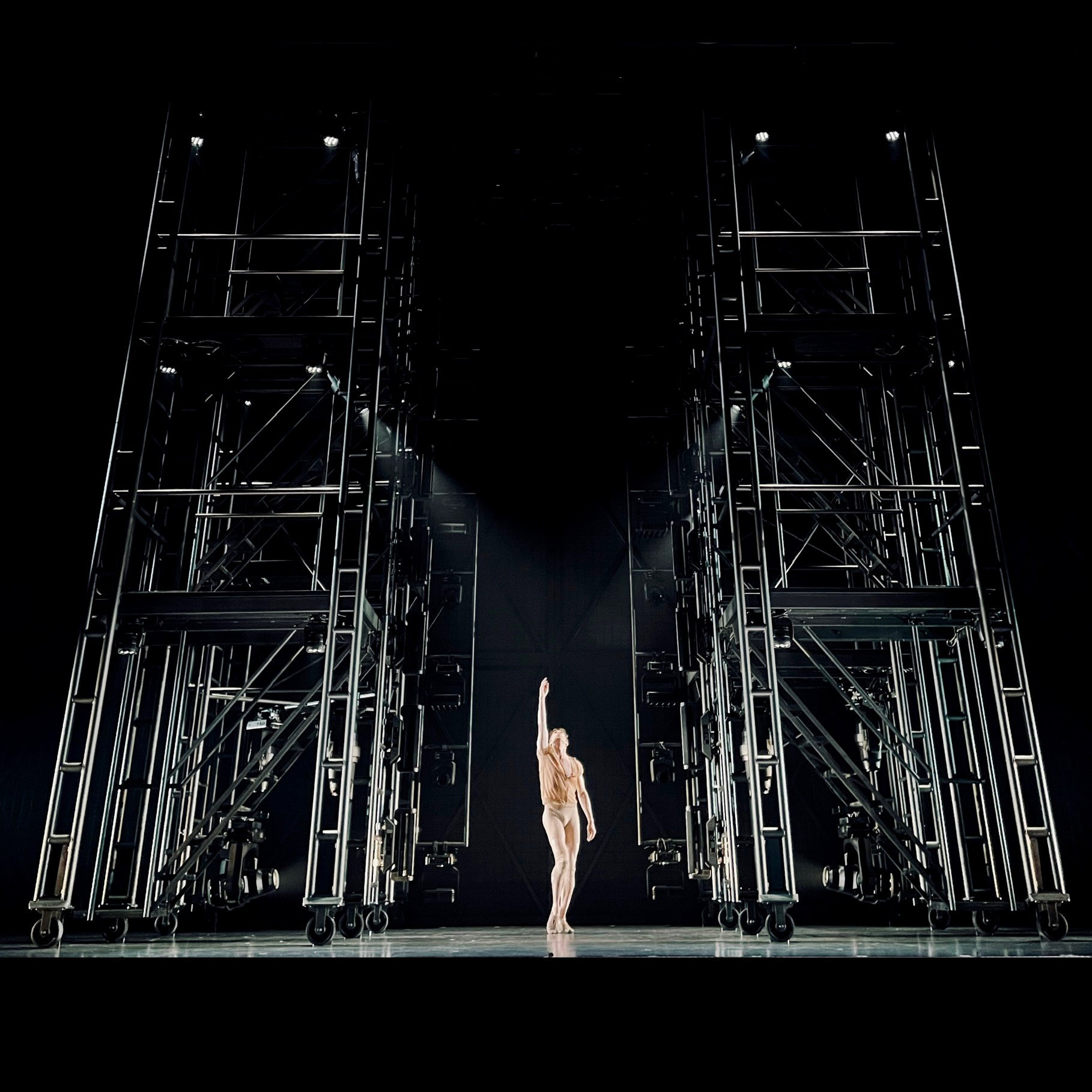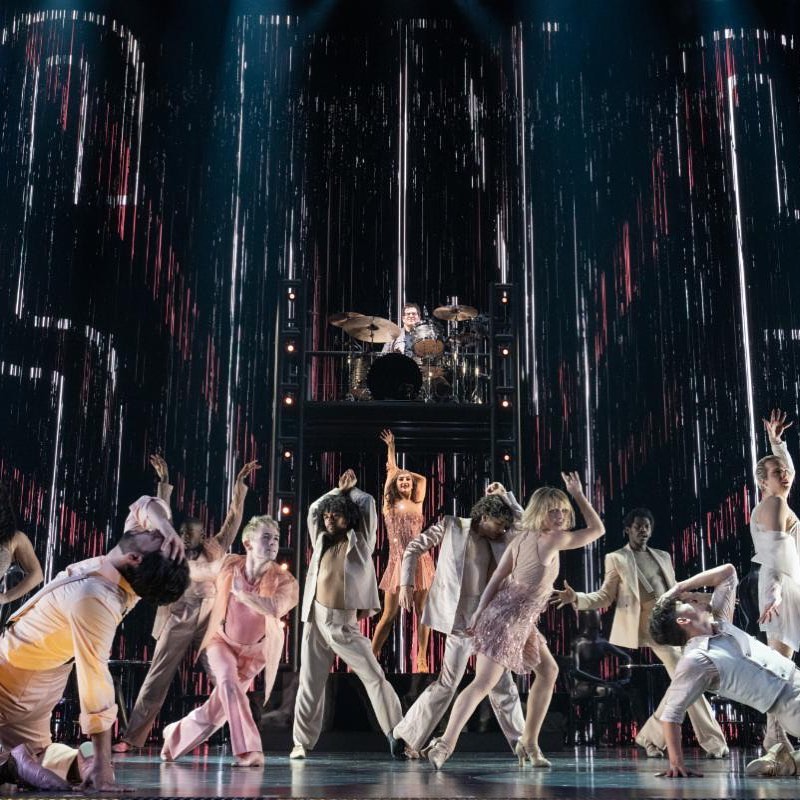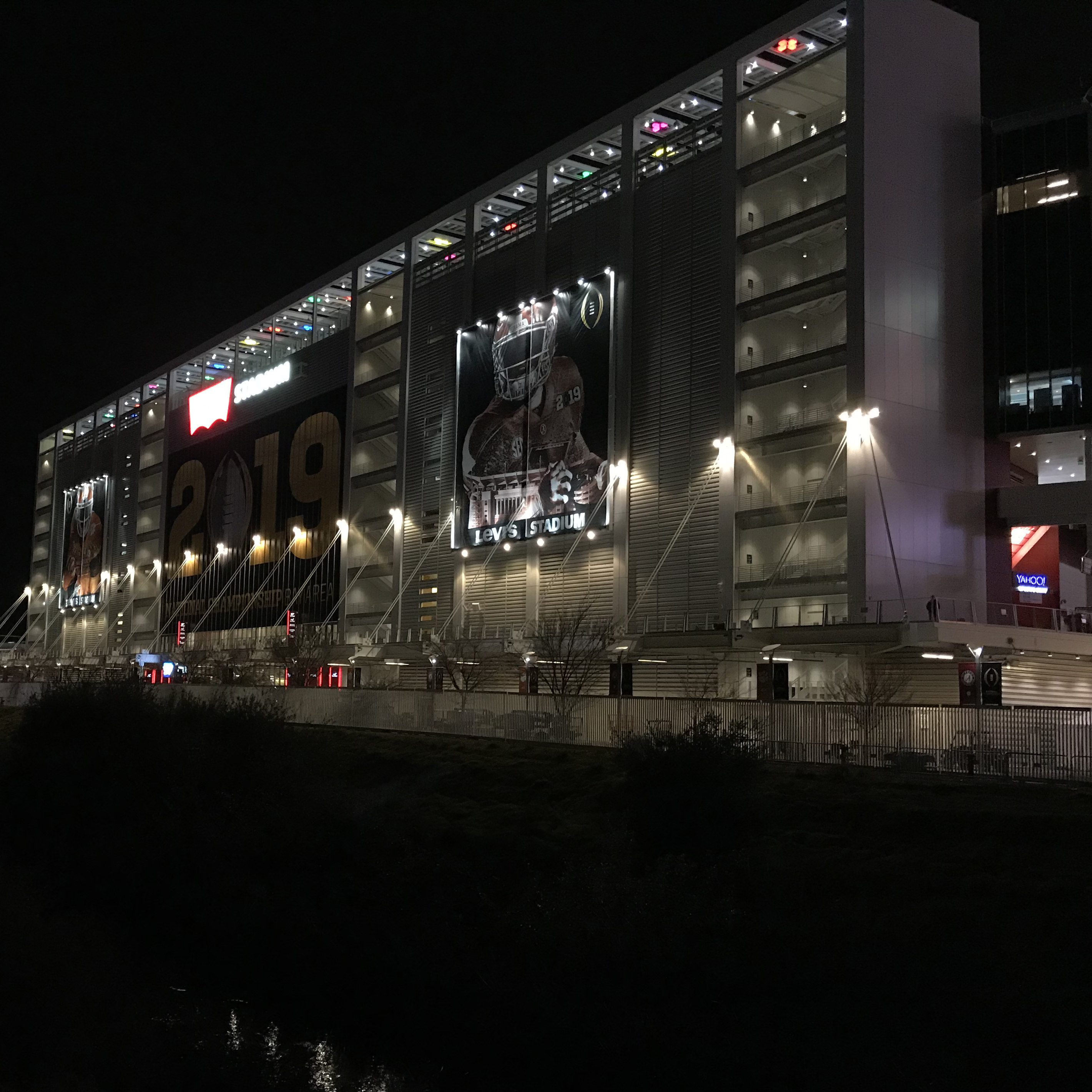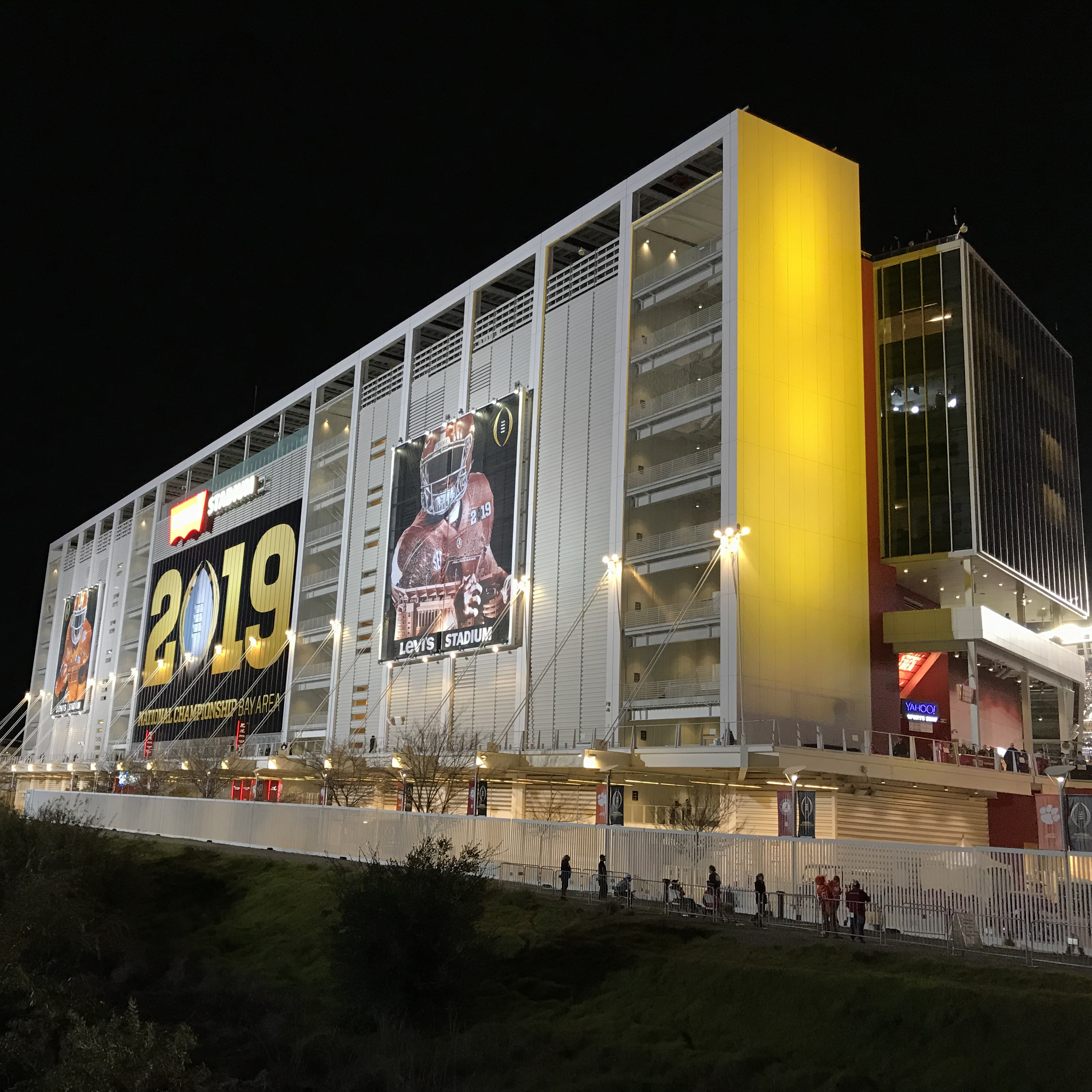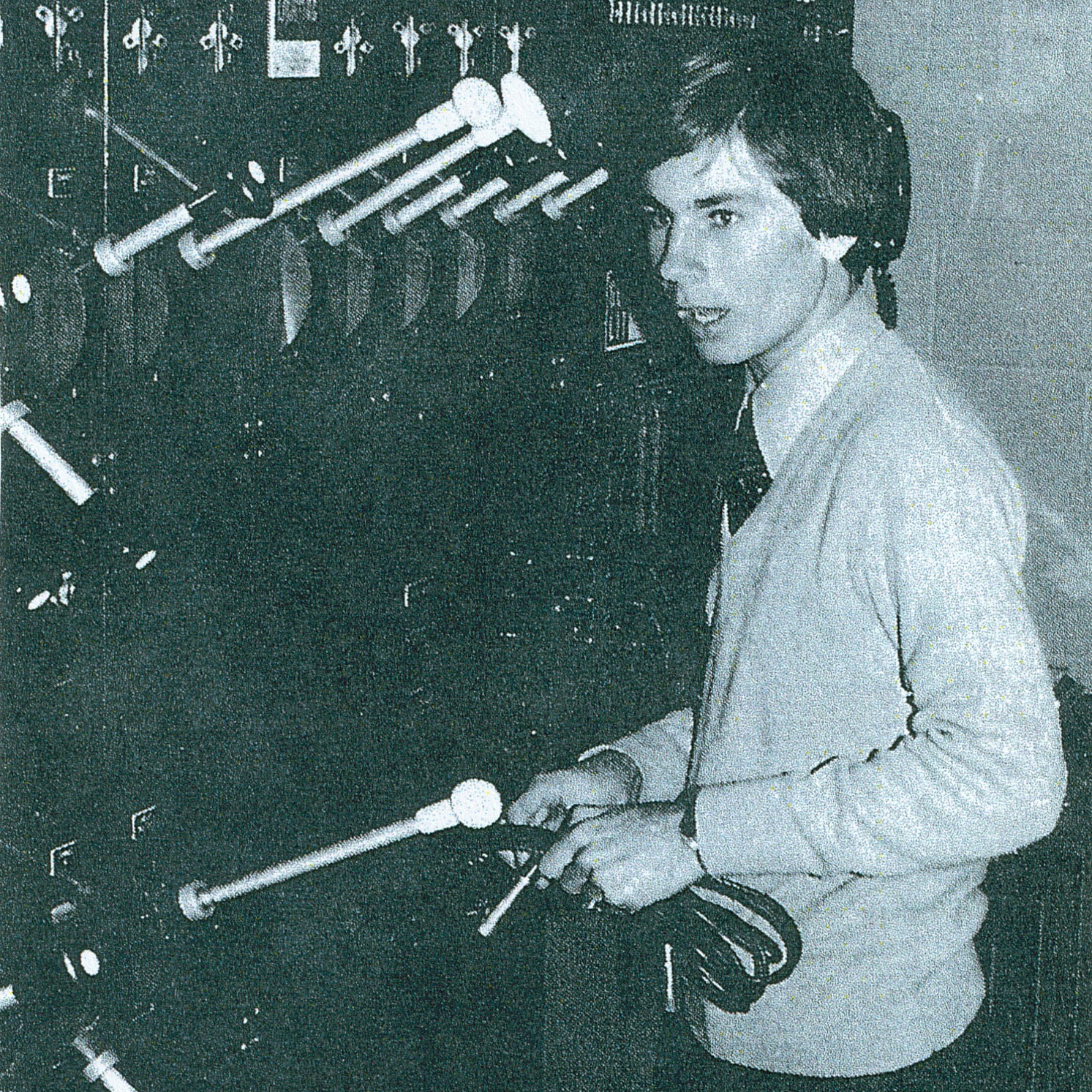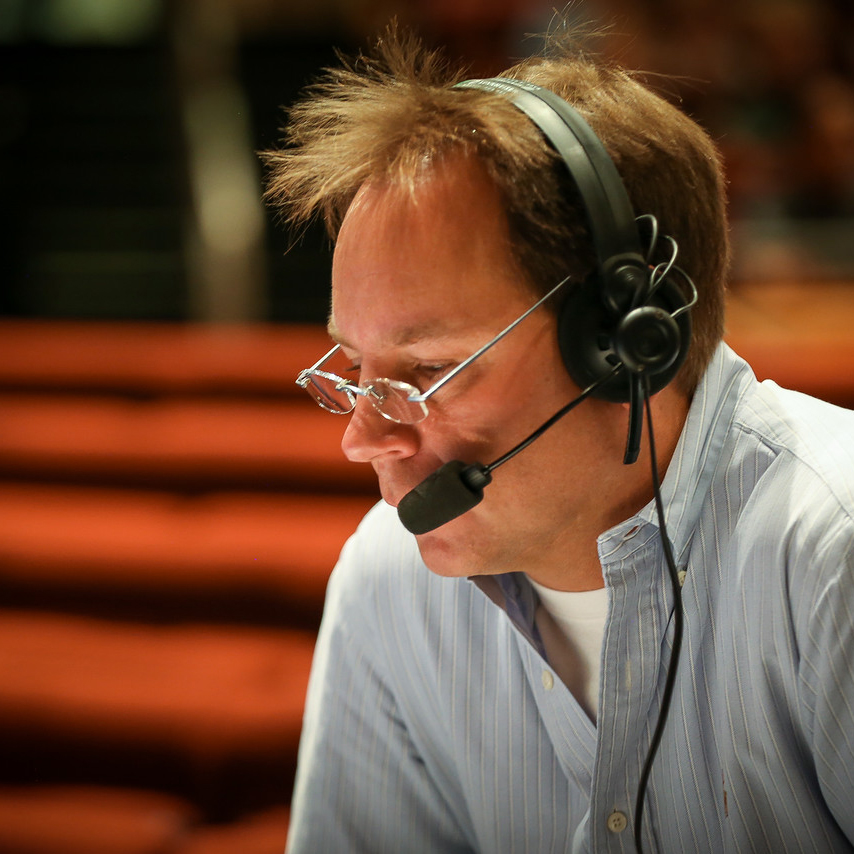City Theatrical Interview with Lighting Designer David Grill
Lighting Designer David Grill a 14-time Emmy Award Nominee and five-time Primetime Emmy Award winner for Outstanding Lighting Direction for the Super Bowl 54 Halftime Show featuring Jennifer Lopez and Shakira, Super Bowl 51 Halftime Show featuring Lady Gaga, and Super Bowl 49 Halftime Show featuring Katy Perry, among others. His Broadway Musical and Dance credits include Bob Fosse’s Dancin’ on Broadway. Mr. Grill has been featured in numerous publications and is an Associate Professor and Co-Chair of the Design / Technology Program at Purchase College.
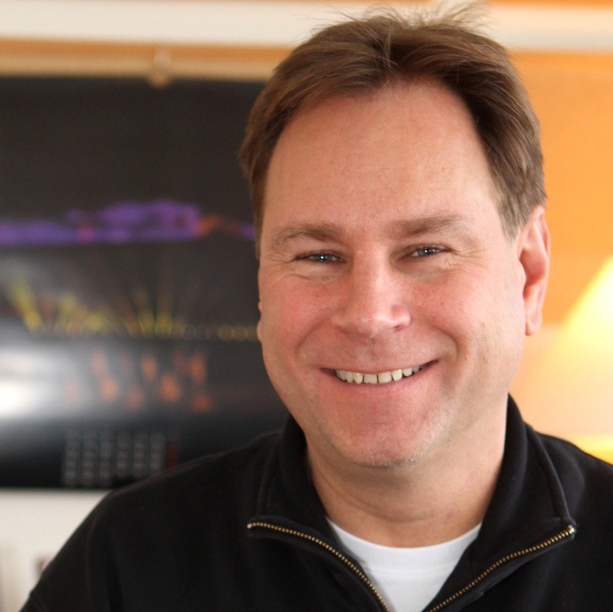
David Grill, Lighting Designer
PROFESSIONAL PROFILE
| Name: | David Grill | |
| Profession: | Lighting Designer; Co-Chair of the Theatre Design/Technology Program at Purchase College | |
| Experience: | 38 years | |
| Location: | New Jersey, USA | |
| Website: | imdb.com/name/nm1698068 | |
| Recent Projects: | Bob Fosse’s Dancin’ (2023); National Memorial Day Concert (1999-2023); A Capital Fourth (1999-2023); Super Bowl Half Time Show (2019); Heisman Trophy Presentation (2021-2022) | |
INTRO
City Theatrical interviewed Lighting Designer David Grill during June 2023 to learn more about his life and career as an Emmy Award winning lighting designer, as well as discuss his vision for the future of lighting, and advice for up-and-coming lighting designers.
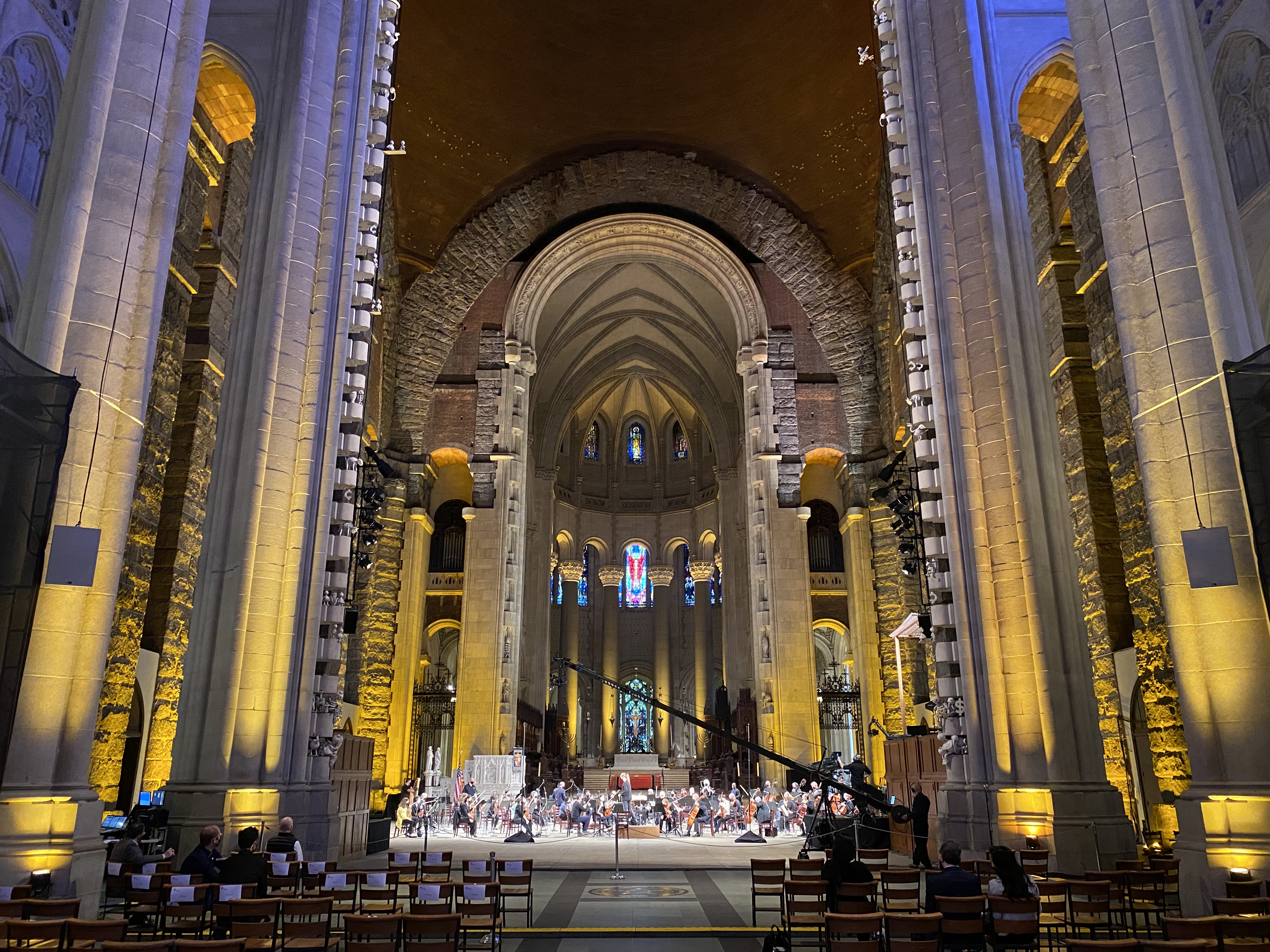
New York Philharmonic. Lighting Design by David Grill.
THE INTERVIEW:
City Theatrical (CT): Hi David! Congrats on designing your first Broadway musical, Bob Fosse’s Dancin’, this Spring, and on your many years and accolades designing in the live television world, including 14 Emmy Award nominations and five Emmy Award wins for Super Bowl Half Time shows and the Winter Olympics Opening Ceremony. So to kick it off, we’re wondering how you got started as a lighting designer?
David Grill (DG): Thank you for having me! I would say I got my start while in school at Purchase College. At that time, the Dance Theatre of Harlem used Purchase to tech their Met Opera Season and to video tape a great deal of the works they had in rep. I was on the local crew, as a student, and became friendly with the guys that were on the DTH crew and with Paul Moore, who was the production stage manager. After sitting through countless lecture demos, I was proficient at running the then cutting-edge, now antiquated... archaic, ancient, even... Lightboard and that led to a relationship with them. While I was still in college, they offered me a full-time job to go on the road with them, but I wanted to finish college. So I ended up lighting the Dance Theater Home Workshop Ensemble, which is the “B” company and finished up school. During senior year at Purchase, I did a show for them in New Haven, Connecticut, at the Shubert Theatre. Here I am, in college, lighting a show and getting paid. That was the beginning.
After I graduated, my roommate, who was working for an industrial staging company brought me on as the Electrician on a show, and then the show’s lighting designer unfortunately had to take leave of absence. So, the next thing I knew, I was a lighting designer there, doing corporate things. It was the perfect storm.
I took the test to get into the Local USA 829, and a few days later I got a phone call from Ken Billington, who wanted to meet with me.
I spent a few years with Ken and the other folks in his office, working my way up from draftsman to associate designer. On Barney at Radio City Music Hall I met Richie Beck Sr who was gaffer on the filming of the show. I was about to do an industrial project with Richie’s son, and he (Richie Sr), knowing I had an IA Card, asked me to run the conventional lightboard for the daytime Emmys. I was then introduced to Bob Dickinson and his then right hand, Bob Barnhart. He ended up leaving the company and I went with Bob [Barnhart], which led to lighting the Super Bowl Half Time Shows and to Andrea Bocelli’s live performance in Portofino, as well as an amazing friendship.
In all, I’ve worked on 18 Super Bowl Halftime shows with Bob. I started out at Super Bowl 32. I was a programmer in the old days, when it was a mash up of artists just doing their thing. It turned into something that was much bigger with the Rolling Stones. All of a sudden, people are tuning in to watch the Halftime show. It changed the whole dynamic, and it has been cool to be a part of the growth of it, to what it is today.
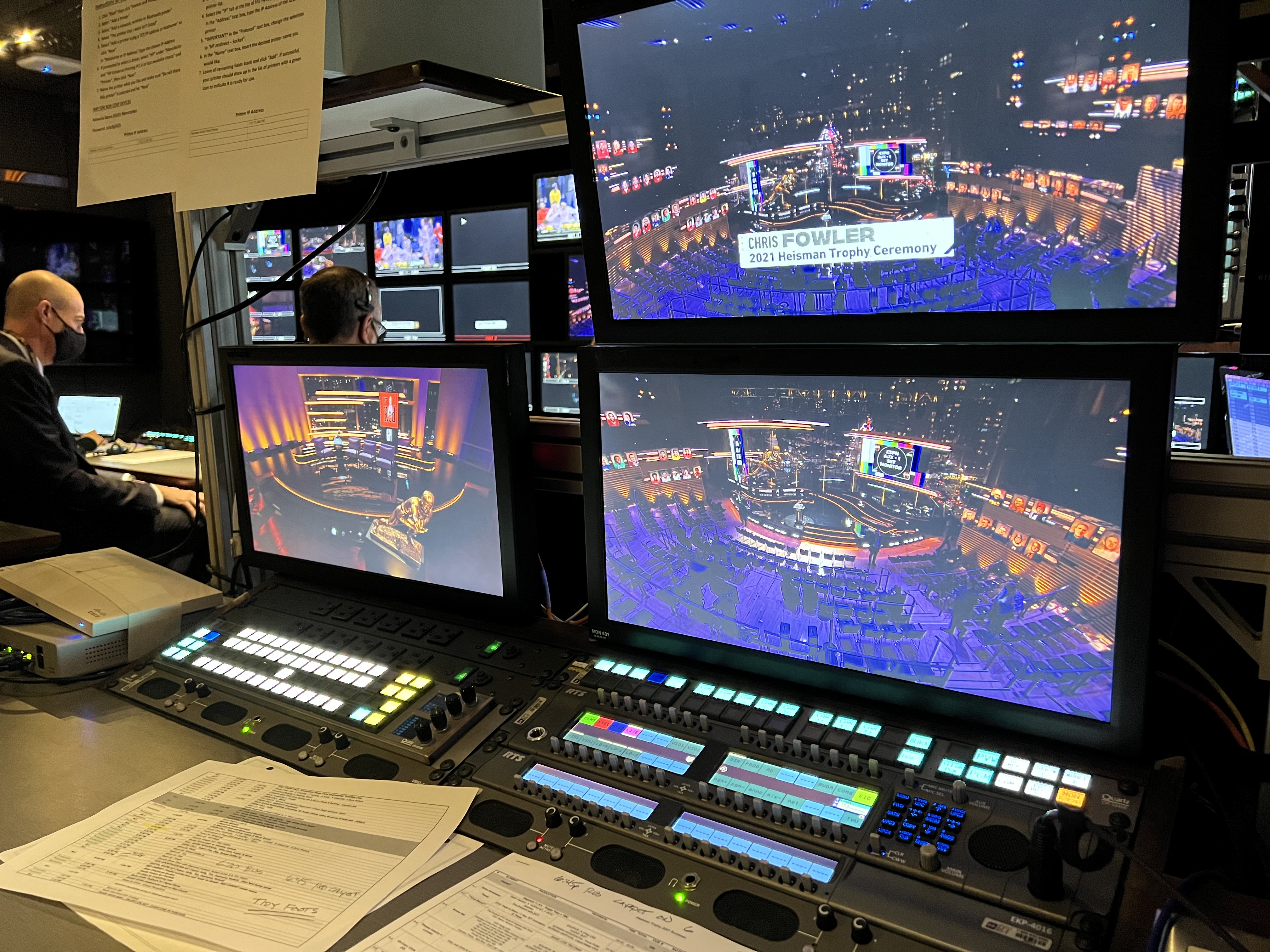
Heisman Trophy TV Truck
“I’ve worked on 18 Super Bowls with Bob. I started out at Super Bowl 32. I was a programmer in the old days, when it was a mash up of artists just doing their thing. It turned into something that was much bigger with the Rolling Stones. All of a sudden, people are tuning in to watch the Halftime show. It changed the whole dynamic, and it has been cool to be a part of the growth of it, to what it is today.”
- David Grill, Lighting Designer |
CT: What would you consider to be your big break?
DG: I don’t know that there was one definitive, big break. It was a series of being the luckiest man alive; learning things, meeting great people, and being in the right place at the right time.
I think the best break was that I started out studying electrical engineering at Manhattan College in the Bronx. I was working weekends at a wedding hall on campus, doing some lighting to make some extra money. The dean of students saw me doing this, and suggested I go to school for lighting. That’s what led me to go to Purchase College, and I will forever be grateful for that advice.
CT: What was it like designing Bob Fosse’s Dancin’, your first Broadway show credit as LD, which opened March 19, 2023 at the Music Box Theatre in NYC?
DG: When people ask what I do for a living, I tell them I choreograph with light. I adore taking people on a journey with light, and having it become part of the show.
For Dancin’, with Direction and Musical Staging by my longtime friend Wayne Cilento, we were able to think about light in movement with the choreography. How do we take the audience from one beautiful scene to another while telling the story? When will they be ready for the period at the end of the sentence? Then how big of a breath are we going to give them? I think we did well at that with this show.
Although this was my first Broadway show as LD, I spent five or six years working on The Who’s Tommy on Broadway. I talked to Chris Parry the day after he won a Tony Award for that show, and then took every company out after that. On which he won a Dora in Canada and an Olivier Award on the west End for that show. It was a pleasure to work with him.
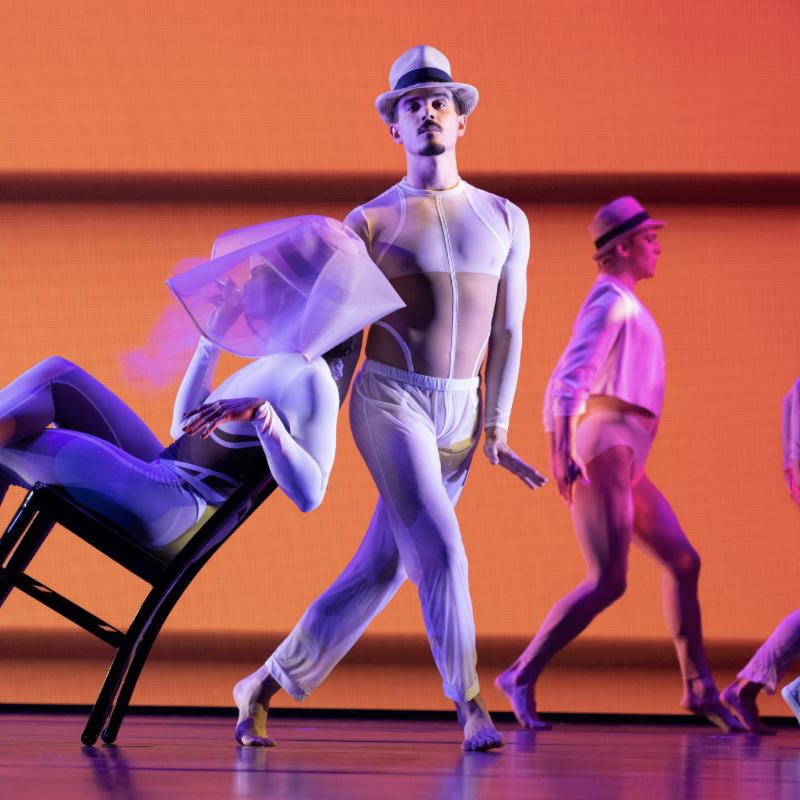
Bob Fosse's Dancin' on Broadway. Photo by Julieta Cervantes.
“Working in dance has taught me some great lessons. Because your time is so limited, you have to be on your 'A' game at all times and know what’s next. You train your brain to always be a day ahead because you don’t have a group of Associates and/or Assistants around you. It causes you to work in a very fast-paced way, and I enjoy it.”
- David Grill, Lighting Designer
CT: Was Broadway something you always wanted to do?
DG: Looking back, I suppose I never really wanted to do Broadway. I assisted and was an associate for a few shows and learned that Broadway can be such a long process - several months with everything. I always enjoyed the quickness of dance. You load it in on a Monday, and the show opens on that Thursday. Is the show always perfect? No, but you learn what’s important, and how you get it in and out. You learn how to design it such that you can get it in and have as much time as you can at the tech table.
Working in dance has taught me some great lessons. Because your time is so limited, you have to be on your “A” game at all times and know what’s next. You train your brain to always be a day ahead because you don’t have a group of Associates and/or Assistants around you. It causes you to work in a very fast-paced way, and I enjoy that stuff. With any of the other television shows I have worked on, even the Super Bowl, you have max two or two and a half weeks. The longest thing for me was probably the Olympics Opening Ceremony, which was two or three months.
With that said, when the opportunity for Dancin’ on Broadway arose, I wanted to do it not only because it was dance, which I love, but because I could work on it with my friend Wayne Cilento, the show’s director and choreographer, as well as other friends. And I loved the Dancin’ experience. I think that in dance, the lighting is part of the choreography. That’s the thing that I adore about lighting.
Above images: Bob Fosse's Dancin' on Broadway. Photos by Julieta Cervantes. Click to enlarge the photos above.
CT: Were you able to work with any of your other colleagues on the show?
DG: I always say, if I’m going to do a project, I’m going to work on it with friends. Working with friends removes any fear and makes it fun. And that’s how it went for this show!
Ben Travis, my former student, was my Associate Lighting Designer for Dancin’ when we first did it at the Old Globe in San Diego. Ben did all the prep work for Broadway and then Dan Osminkowski came in, because Ben is on the road with Bruce Springsteen right now, doing great things. Dan came in to pick up where Ben left off, and Dan was an old student of mine from Purchase as well. I also had Paul Sonnleitner as my Programmer, really another Associate, who is as close to a right hand as I can have. I think that lighting is really the ultimate team sport!
I find the older I get, the more I get involved in the production, not just the lighting. We’re always thinking about transitions. And your team is getting the toolbox together.
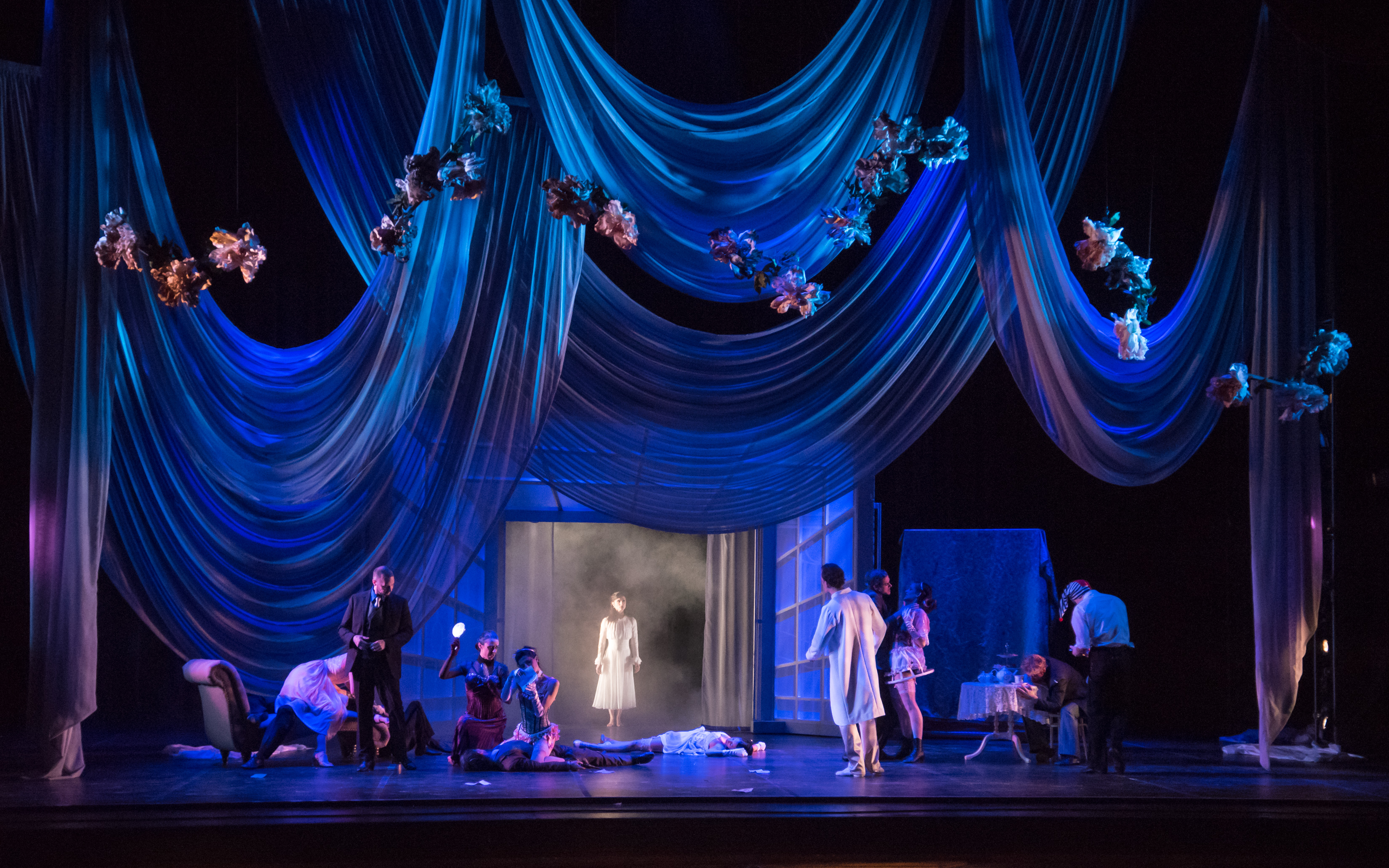
Milwaukee Ballet Company, Dorian Gray. Photo by Mark Frohna.
CT: How did you work with other creative teams on a show like Dancin'’?
DG: We are all there to tell the story. We do it in different ways, with different tools, but the goal is to always tell the story. On Dancin’, we all worked well together but I especially loved collaborating with Finn Ross, the Video Designer. Lighting and video complete each other and when done well fit perfectly together. We finish each other’s sentences.
All the creative teams on a show are connected. With dance, stylistically, you learn the choreography and the movement. You start to draw correlations, like between Doris Humphrey and maybe Martha Graham. You see how they tell their story and what has influenced them. To me It’s like six degrees of separation among choreographers.
I’m fortunate that I work with a lot of the same choreographers. I loved dance when I was in college and having done a lot of dance as a professional, I’ve met a lot of talented folks and all of those collaborations are a part of me.
For example, Purchase will bring in a George Balanchine or Paul Taylor or Jose Limon piece. Many times, the expectation is that the lighting will be set exactly as it was originally. With a Paul Taylor piece, you get everything that Jennifer Tipton did in her design, and this is the way the piece will be done. So you learn from what Jennifer did in the recreation of her work, but there are also a lot of other ones that don’t necessarily come with this. You have to think about the way you are going to light it so that it has the same meaning as it did originally. Through all of these I’ve learned a lot and been exposed to some brilliant choreography.
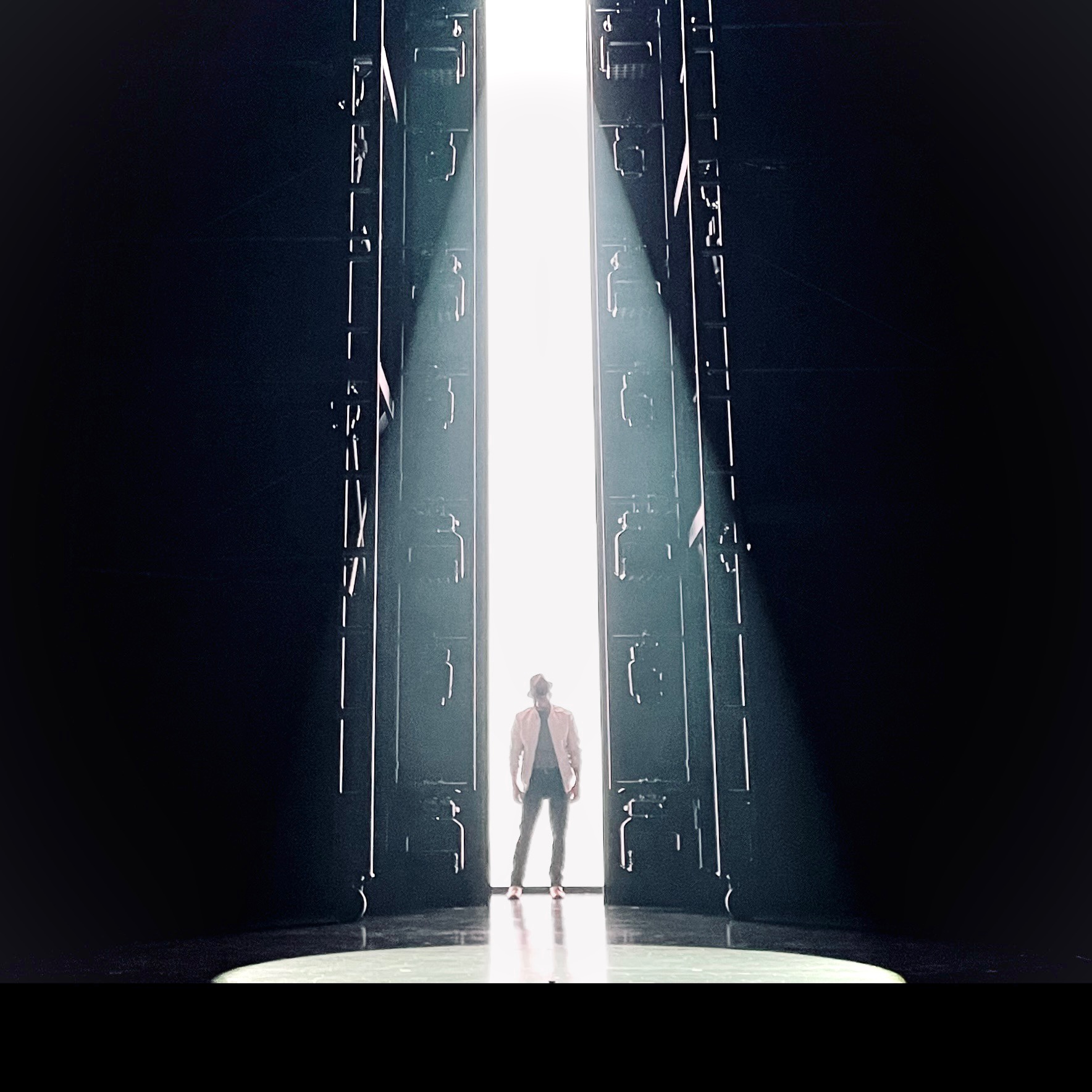
Bob Fosse's Dancin' on Broadway. Photo by Julieta Cervantes.
“We are all there to tell the story. We do it in different ways, with different tools, but the goal is to always tell the story. On Dancin’, we all worked well together but I especially loved collaborating with Finn Ross, the Video Designer. Lighting and video complete each other and when done well fit perfectly together. We finish each other’s sentences.”
- David Grill, Lighting Designer
CT: How would you describe your lighting aesthetic in a couple of words?
DG: I think my aesthetic is to be a chameleon and to morph to what’s needed in the moment, for a particular project. I opened Dancin’ on Sunday, that had everything from stark white, to then become every color in a coloring book. And the next day, I was in Milwaukee doing Hunchback of Notre Dame, and it was color correction blue and white light.
The through line is the movement and choreography of it. The aesthetic is how you craft a moment-to-moment transition and that could be from color form, intensity, movement, angle... any of those things.
I think in every show I’ve ever done, there’s been a lot of sidelight, just because I think that makes the characters on stage come to life. It also helps you motivate the audience’s understanding of what those characters are going through on stage.
CT: How does designing for large-scale television events like the Super Bowl Halftime Show or the Olympics Opening Ceremony differ from designing a dance piece or a musical on stage?
DG: It is absolutely different. Anything that you would do in a theater, like dance or a musical, is of a limited size. Whereas, Maracana Stadium, which is where Pelé played soccer in Brazil, where we did the Pan Am Games in 2007, holds more than 100,000 people. The concepts and ideas are exactly the same, but if you look at it from a television standpoint, the audience in the back of the stadium is the background. If you were doing a project at Radio City, you’d have lights on the choral stairs, and it would take about 100 lights to light the audience. That would be in the foreground or the shot when the camera came over or in the background. You have the same thing at the Super Bowl, or Pele’s stadium, except it might take a whole lot more lights.
I think that it’s still all about the story, no matter the scale. You’re always concentrating on the story. For the Super Bowl, for example, or any of those large television events, you have sort of a story, but you must realize that that story has to be told for the camera, which has 5,000,000 friends. You have to also think about the story for the 65,000 people that are sitting there, watching it live.
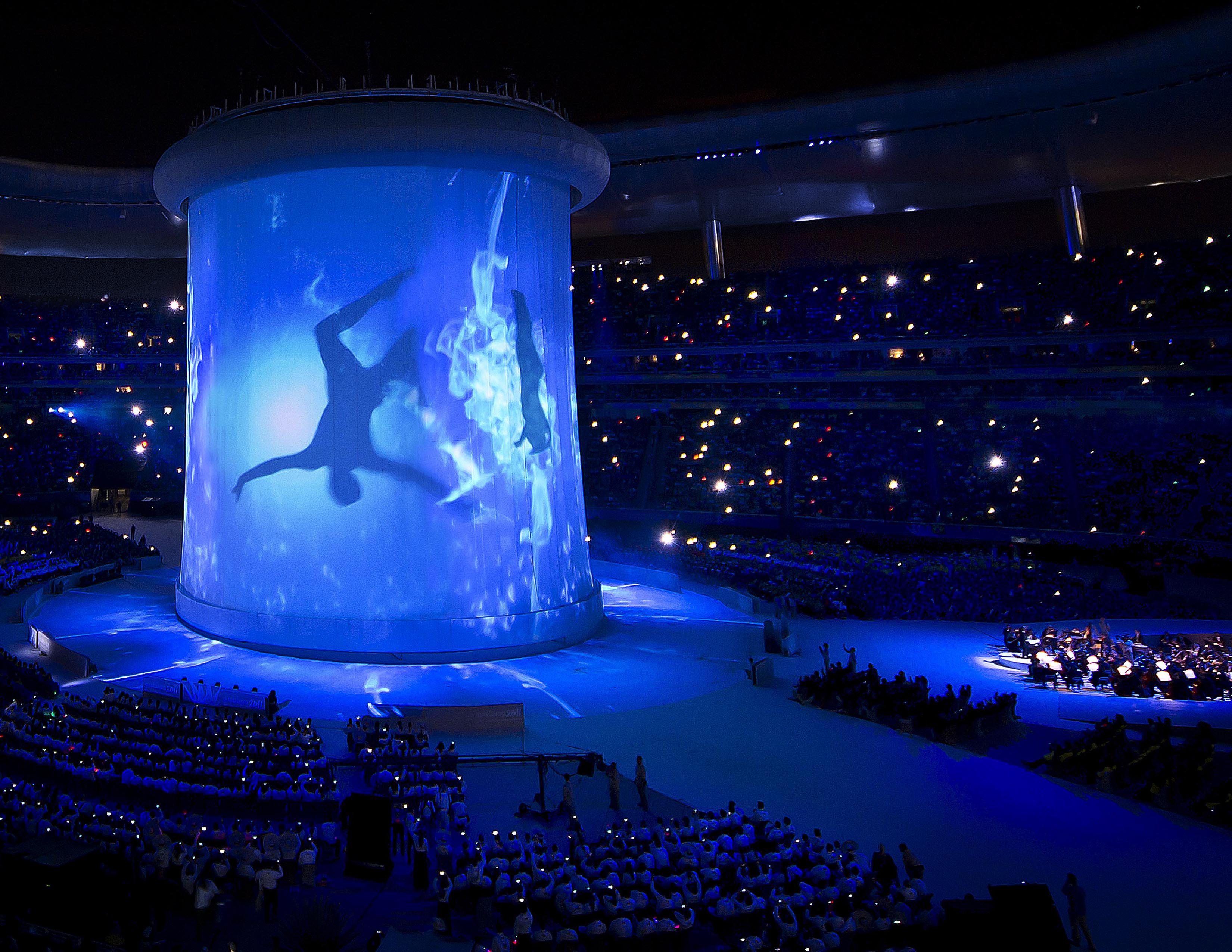
Pan Am Games 2011. Lighting Design by David Grill.
CT: What are some of the key differences or similarities to designing for large scale television events and for the stage?
DG: In the end, if you have a large-scale televised show, or you were doing a Springsteen concert, there is always someone that’s 300 feet away. What is that person’s experience?
And you may very well have been watching him on a big screen. You’re looking at that seat and looking at the camera. The camera is looking at the stage and the stage has a background. What did it look like compositionally for that person in the front, vs. someone in the back of the stadium?
I think it’s different yet the same, because we think about the camera shot.
When you get into large scale television, you’re not just thinking about the one camera shot, you’re thinking about the end of this number, when there’s a huge musical moment, where we’re going to do this cue. That’s where you need to have a really good relationship with the director. With a big cue coming up, you want the director to pull back, so that the at home audience gets to experience everything that the 65,000 people there are getting to experience live. That’s the curse and the beauty of lighting television: You are aware of the little picture and you’re aware of the big picture.
Bill Klages used to say, always start with the cameo, because when you start with a close up, the artist needs to look like a star. But then you have to route the star in the scale. How do you tell the story of the scale? Because when you light Andrea Bocelli singing in the middle of a towns square, it is making a statement to have the audience lit. The same thing if the audience has the flashlights on their phones on, it is a statement. And lighting the orchestra. It’s all a statement. It’s still the same guy singing the same song, but it’s how you are making the most of that storytelling. That’s the big difference between the little picture and the big picture.
Above images: College Football Finals 2019, unlit (left) vs. with lighting design by David Grill (right). Click to enlarge the photos above.
CT: Which kind of project do you prefer to work on?
DG: I’m lucky that I’ve been able to light dance, TV, and Broadway, and sometimes a combination of them. I think I’m better at each kind of project because I’ve done all three of them.
On a Broadway stage, for example, there’s usually a singer who is well lit, and a bunch of lighting around them, which is great. My eye is now trained, so that the picture is not only lit for the close up, which would be the camera and the person who’s paying attention to the singer who’s doing the solo, but also for the wanderers, which is the wider camera. Who’s also looking up in the sky because they were distracted?
When you watch a movie, do you see something different every time you watch it? If you go to a Broadway theater, there are 1,200 seats, and everybody sees something different. So how do you create the picture so that not only does the audience know what they’re looking at, but they’re also having a really interesting, unique experience? That is the challenge for all project types.
CT: What was your favorite project, or the most interesting project(s) you’ve worked on?
DG: All of them. I know that that’s horrible. I think every show that you do, you put your all into it. By putting your all into it, you’re putting yourself onstage one way or the other. I think every show has those moments where you just sit there, and you smile.
I could easily say my new favorite show is Dancin’ because when Mr. Bojangles starts, I think about my mom, and how special she was to me. There were also moments at the end of Serenade in which a ballerina is lifted, and she goes to heaven. There’s a silhouette of light coming in behind her. You sit there and cry, it’s so beautiful.
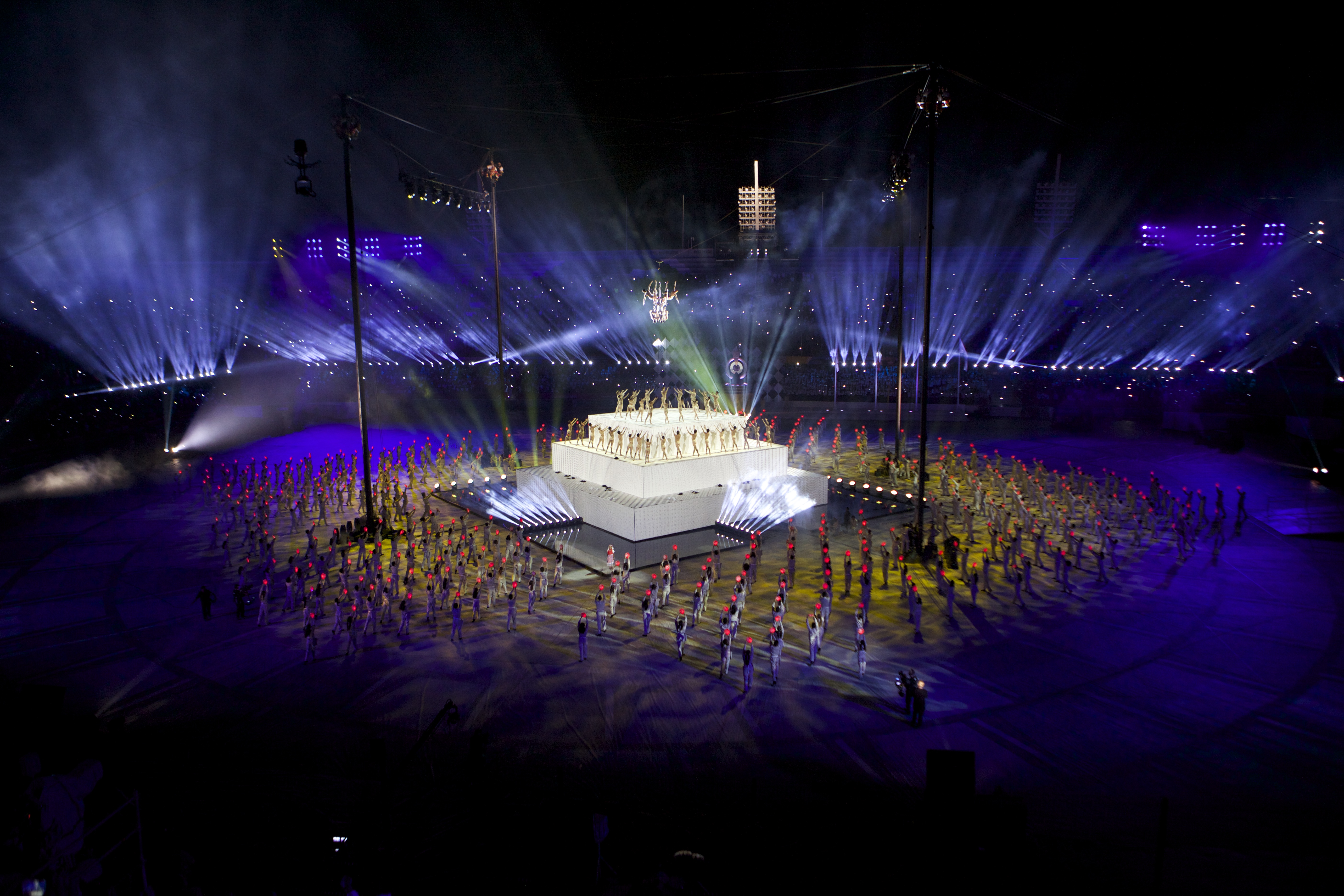
Caribbean Games 2014. Lighting Design by David Grill.
“On a Broadway stage, there’s usually a singer who is well lit, and lighting around them. My eye is now trained so that the picture is not only lit for the close up, which would be the camera and the person who’s paying attention to the singer who’s doing the solo, but also for the wanderers, which is the wider camera.”
- David Grill, Lighting Designer
CT: What or who are some of the greatest influences on your lighting aesthetic? Is there anybody you want to shout out for inspiring you along the way?
DG: I get inspired every day. I’ve learned a lot from people. My college students inspire me, my old students inspire me, a really good movie inspires me.
Richie Beck Sr., the production electrician we spoke about earlier, has inspired me a lot. My friend Bob Barnhart, and my best friend Doug Purcell, who’s a prop man on Broadway, are some of the people who inspire me the most.
I would also shout out and like to thank Bill Mintzerr, Bill Klages, Ken Billington, Jen Schriever, Ben Travis, Keny Whitright, and Joe Dinardo.
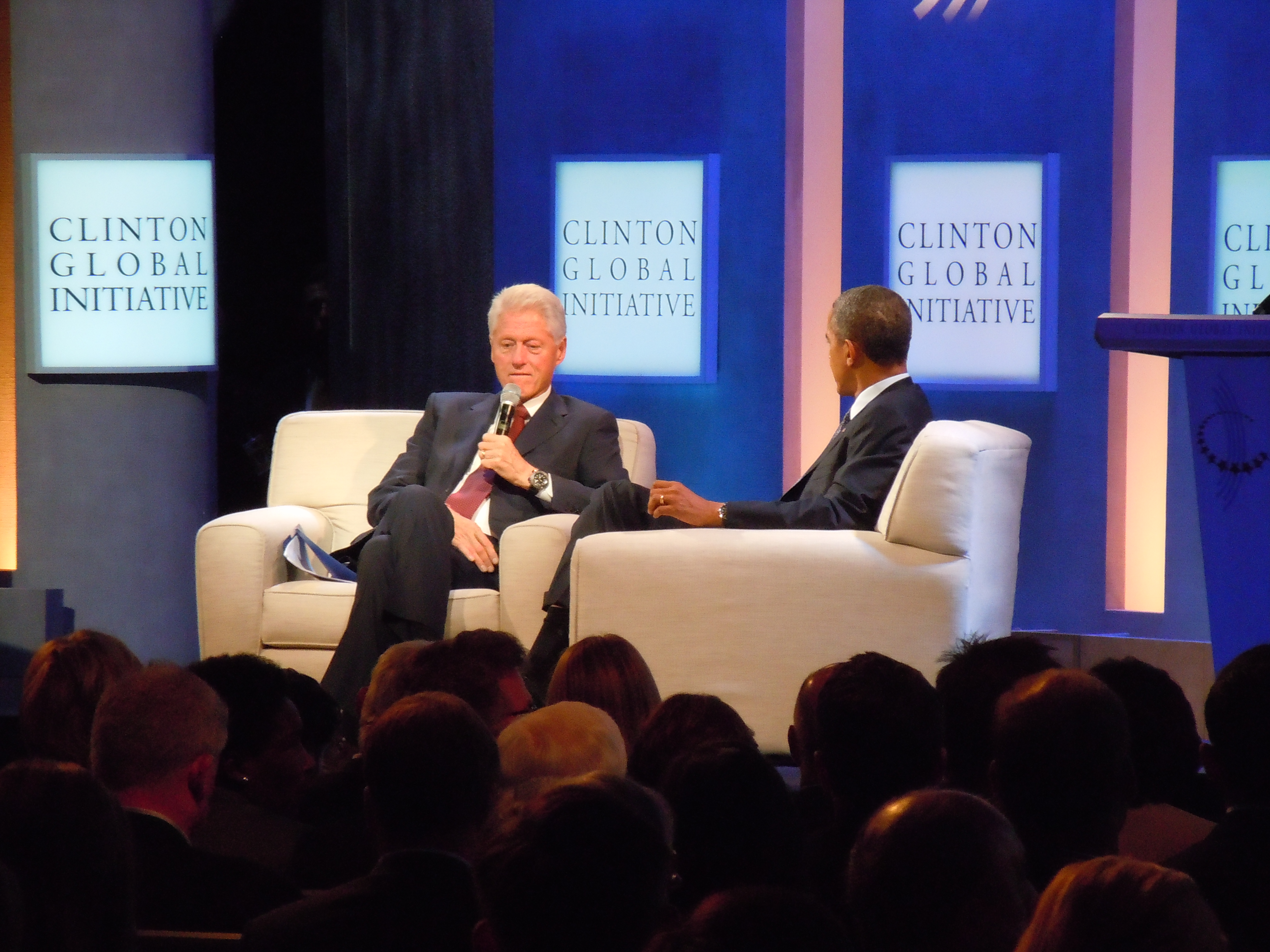
Clinton Global Initiative. Lighting Design by David Grill.
CT: What are some of the challenges of technology that you face in our modern lighting world?
DG: With the advent of LED technology, how do you pick color? And what will you call that color? It’s a challenge.
CT: Do you prefer incandescent or LED?
DG: I like incandescent, but, it’s all about what the story needs. There’s not an incandescent light on Dancin’. Everything is set to not color shift as it dims. And I love the ability to have what I call our R83 at full or a 20. It’s the same color. I love the purity of color.
I also appreciate light bulbs that dim up and down evenly. With incandescent, you have to get it to start slowly, because the incandescent filament has to warm up before it comes up. LEDs, however, pop right on. I think we all need to understand yesterday’s technology in order to navigate today’s technology. And there are still things that need to be better.
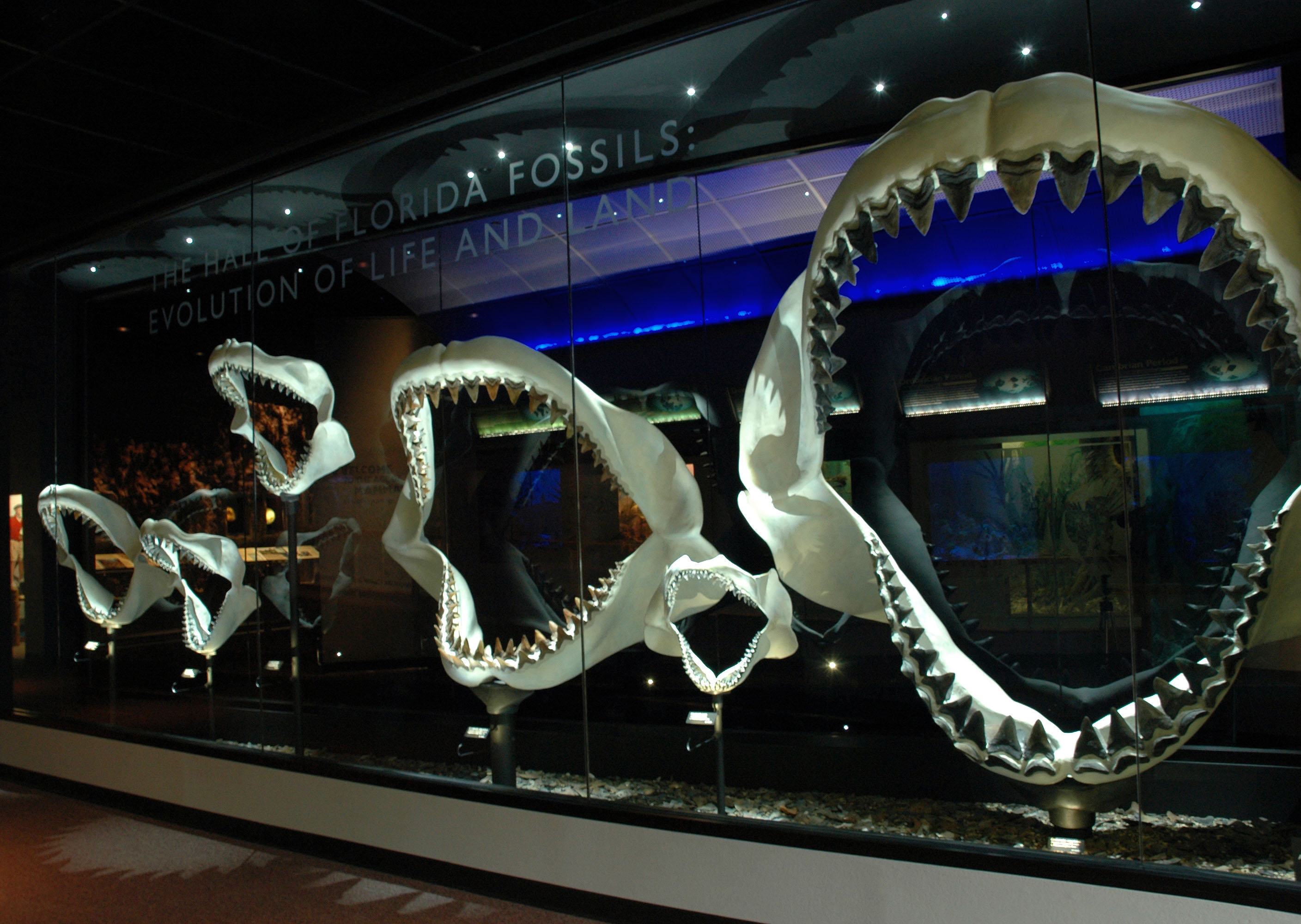
Florida Museum of Natural History. Lighting Design by David Grill.
“I would say, always bring your A game. Always put in 110%. Know when to keep your mouth shut and keep your eyes open. Always be gracious. I can introduce you to anybody and get you in the door, but it’s up to you to stay in the door. I can teach you lessons, but you still have to be yourself, and be true to yourself. Treat people the way you’d like to be treated.”
- David Grill, Lighting Designer
CT: How can lighting technology be better?
DG: It would be nice to find a way to get away from color flags and white LED engines. Sure, they are developing every day and can allow us to mix almost as many colors as old school gel allowed us to do but we are still hampered with light loss that comes with color flags. The units that have multi color LEDs are great but not every color LED has the same output which makes creating some colors way too difficult. And LED dimming has a long way to go. Then there is information management – how do we work with the technology while not losing our creative minds?
I also fear that as technology advances the designers of tomorrow will never get to see the wonders of incandescent light.
CT: What advice would you give to your students or up and coming designers?
DG: I would say, always bring your A game. Always put in 110%. Know when to keep your mouth shut and keep your eyes open. Always be gracious. I can introduce you to anybody and get you in the door, but it’s up to you to stay in the door. I can teach you lessons, but you still have to be yourself, and be true to yourself. Treat people the way you’d like to be treated. People want to work with other people that they like and feel appreciated by.
I tell people about what I do for a living because the arts are a difficult thing to do and are often forgotten. Without the arts, what do people go to and do? I think it makes us smarter. It leaves you with something to think about, and that brings people together.
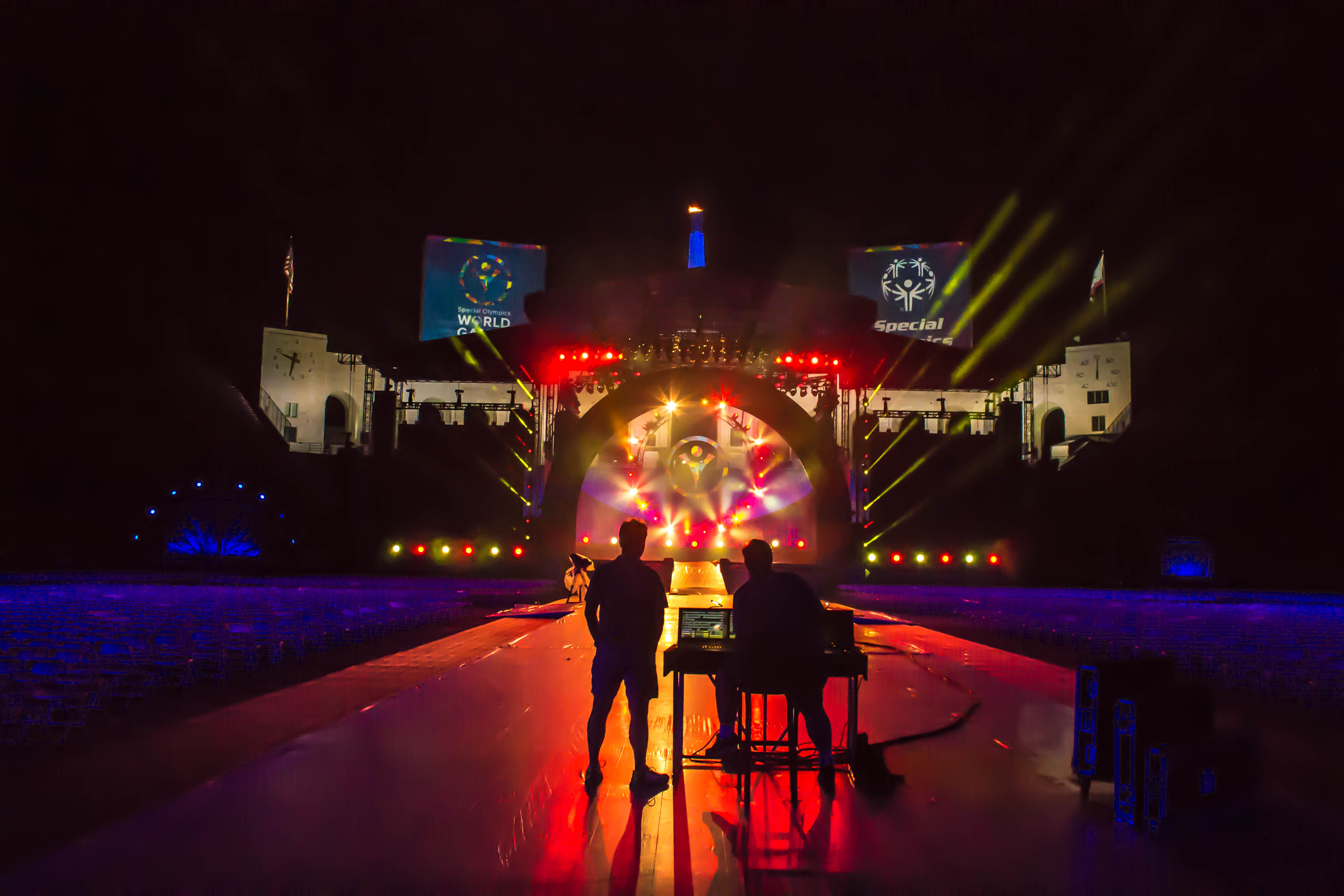
Special Olympics 2015. Lighting Design by David Grill.
THEN AND NOW:
David Grill, then (left) as a Don Bosco HS Senior, and now (right), as a lighting designer at the tech table.
Want to read this designer interview in print?
View or download this interview as a multi page PDF.
Download Interview PDF
